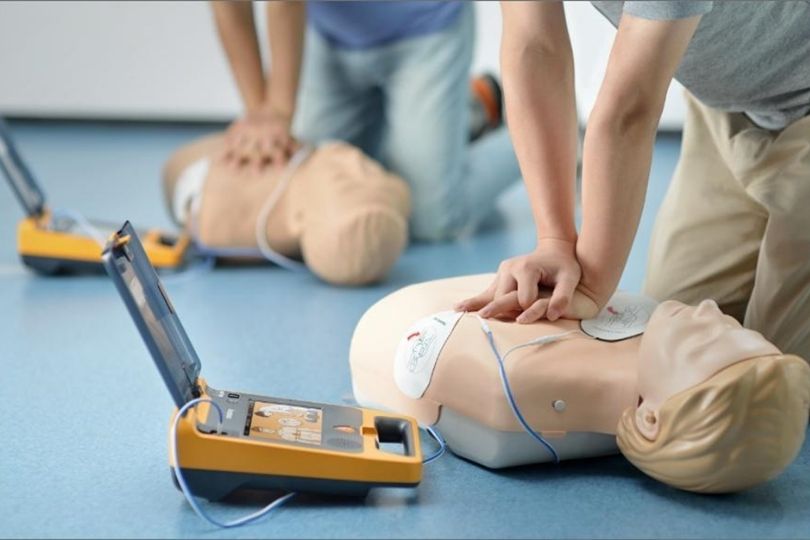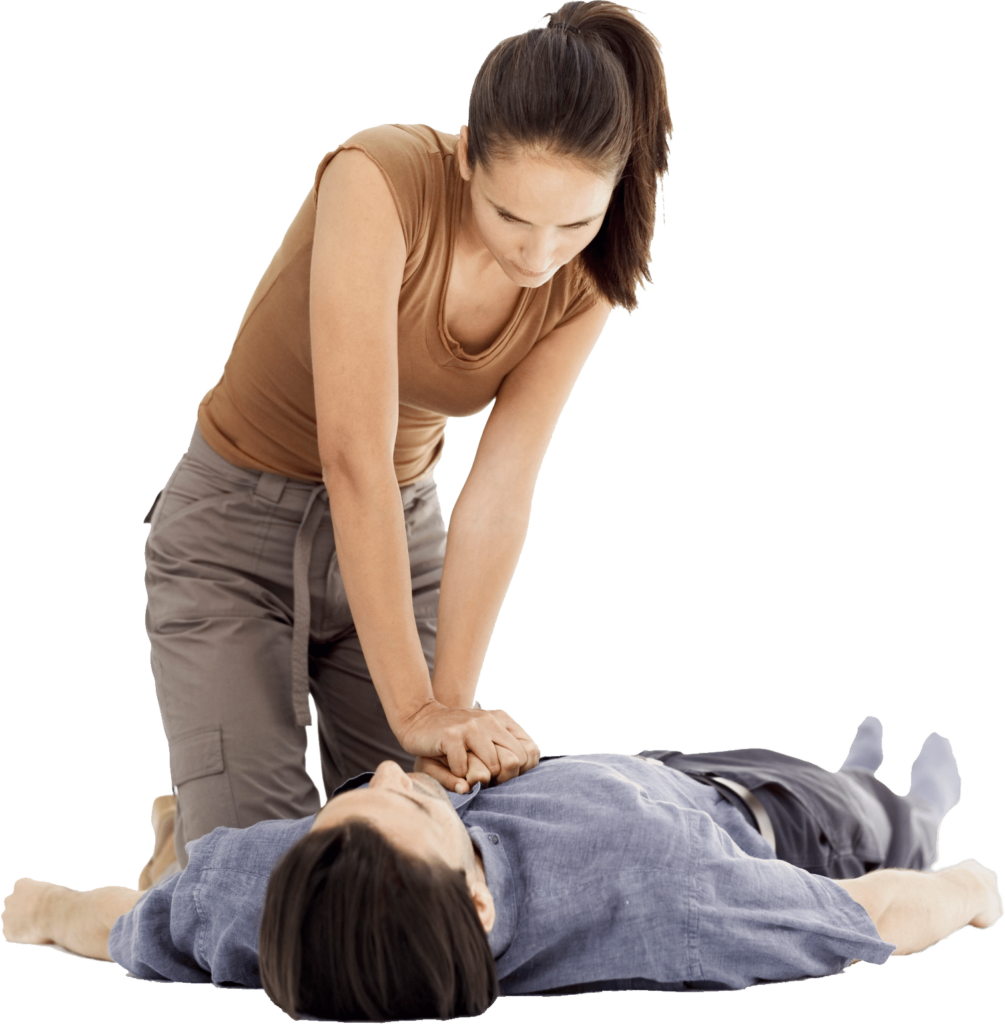

Every second matters during a medical emergency, especially in schools, where large numbers of students are gathered every day. Automated External Defibrillators, or AEDs, are life-saving devices that can make a significant difference in such situations. These devices are essential in helping someone experiencing sudden cardiac arrest by delivering a potentially life-saving shock.
AEDs, or Automated External Defibrillators, are critical in ensuring safety in schools. These devices serve as a bridge between the onset of a cardiac emergency and the arrival of advanced medical help. Schools house various activities and large groups of students and staff, making preparedness vital. By having AEDs accessible, schools can respond quickly to emergencies, providing a life-saving intervention when seconds make the difference.
Heart issues, although rare in young people, can occur, and the presence of an AED can make schools safer by reducing response time during a sudden cardiac arrest. Providing AEDs also demonstrates the school’s commitment to the health and safety of students and staff, reassuring families that the administration takes these responsibilities seriously.
Moreover, having AEDs available highlights the importance of emergency preparedness in educational environments. Such preparedness isn’t just about having equipment around, but also about fostering a culture of awareness and safety. Students and staff can work in a secure environment, knowing that swift help is available for any life-threatening incidents. Schools play an educational role not only in academics but in teaching the value of health and safety practices. Integrating AEDs contributes to this mission, actively promoting a safer community.
Understanding how AEDs function is key to recognizing their importance. AEDs are portable devices that check a person’s heart rhythm and send an electric shock, or defibrillation, to the heart to try to restore a normal rhythm. These devices are designed for use by anyone, whether trained or not, thanks to their simple, user-friendly design and easy-to-follow voice prompts.
When a cardiac arrest occurs, there is a critical need to act fast. AEDs help by analyzing the heart’s rhythm; they prompt users to administer a shock if it is deemed necessary. This action can be crucial in helping the heart regain its proper rhythm and improve the chances of survival before professional medical assistance arrives. The presence of AEDs at a school ensures that immediate help is available during those vital moments when a student or staff member’s life depends on quick action.
Their role is not limited to adults; AEDs can be used on children and infants as well, making them incredibly versatile. They are an essential part of a school’s emergency response plan. Schools equipped with AEDs can handle sudden cardiac events proactively, enhancing the safety of everyone on campus. Their usage highlights a proactive approach to health emergencies, aiding in safeguarding lives through timely, efficient intervention.
Training school staff and students to use AEDs greatly enhances the safety and preparedness of the entire school community. When more people know how to operate these devices, the chances of providing timely assistance during cardiac emergencies improve drastically. Proper training can transform a potential crisis into a manageable situation, enhancing the overall response capability within the school.
One of the main benefits of AED training is the empowerment it gives to school staff and students. Trained individuals gain confidence to act during emergencies, knowing they possess the knowledge and skills needed to respond effectively. This training demystifies the process, ensuring that users feel comfortable using the device if the need arises.
Additionally, AED training can foster a culture of safety and community care. Students and staff become more aware of health and emergency issues, and this awareness can extend beyond school grounds, promoting broader community health knowledge. Trainees learn to work together efficiently, which can build teamwork and a sense of shared responsibility.
Implementing training programs encompassing AED use, alongside skills like CPR and first aid, allows schools to have fully prepared individuals ready to respond to emergencies, enhancing overall school safety.
To effectively integrate AED training programs into Dallas schools, administrators must ensure the availability of devices and proper training for individuals on campus. Establishing a comprehensive AED training program includes evaluating each school’s needs and circumstances. Schools need a thoughtful strategy to manage these resources effectively.
A key initiative is providing regular training sessions for staff and students. Scheduling CPR and AED training classes several times a year ensures everyone remains up-to-date with their skills. By setting up routine practice drills, schools help staff and students retain critical information and stay prepared for real-life situations.
Partnerships with local health organizations can also facilitate the implementation of AED programs. Expert guidance can assist schools in choosing the right equipment and training programs. Coordinating with emergency services in Dallas ensures optimal support and coverage during potential emergencies.
Moreover, creating awareness campaigns within the school community strengthens the emphasis on health and safety. Informative sessions, posters, and newsletters can help spread the importance of AED preparedness and encourage widespread involvement. With a robust AED training program in place, Dallas schools can ensure that they are fully equipped to protect their students and staff during emergencies, making the school environment safer for everyone involved.
AEDs are essential life-saving tools that provide immediate help during cardiac emergencies in schools, offering peace of mind to both educators and parents. The presence of AEDs, when paired with proper training, safeguards students and staff, turning a potentially tragic situation into an opportunity for survival. Dallas schools, by implementing comprehensive AED programs, demonstrate a commitment to safety and well-being, ensuring rapid and effective emergency responses.
Empower your school to act swiftly and confidently in emergencies. At Rapid CPR Dallas, we provide expert training and support to equip your school community with the skills needed to handle critical situations. Join us in building safer schools and a safer community by enrolling in our AED training in Dallas.

